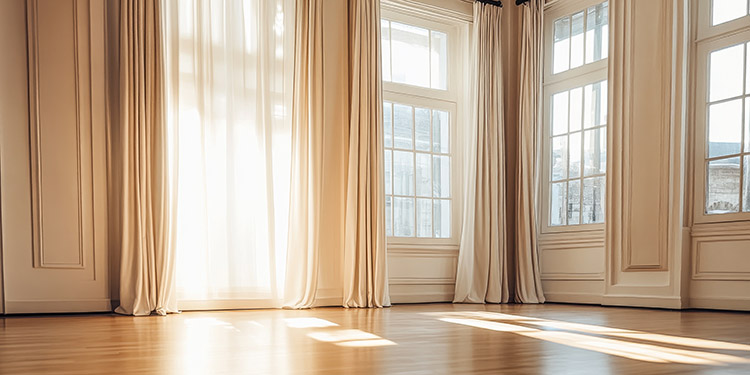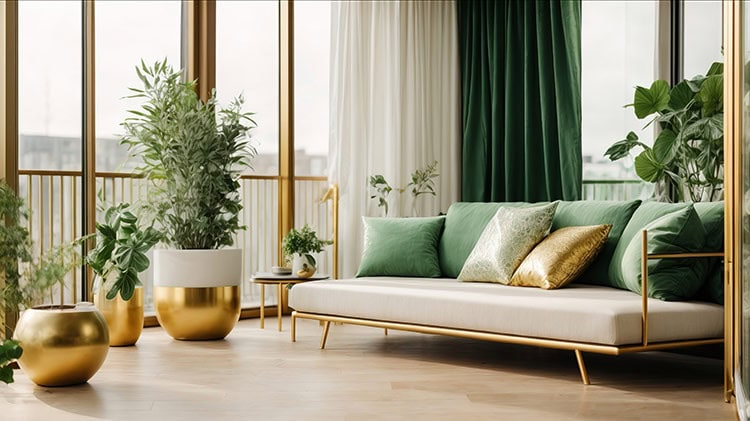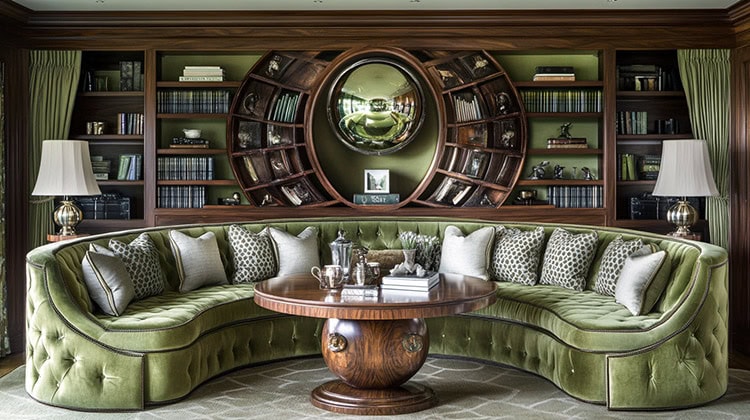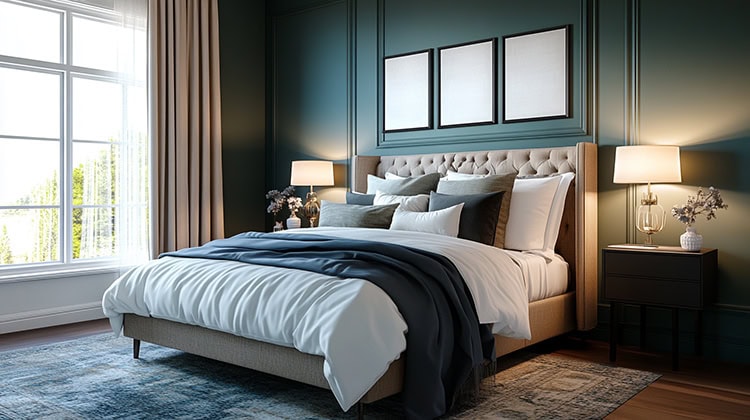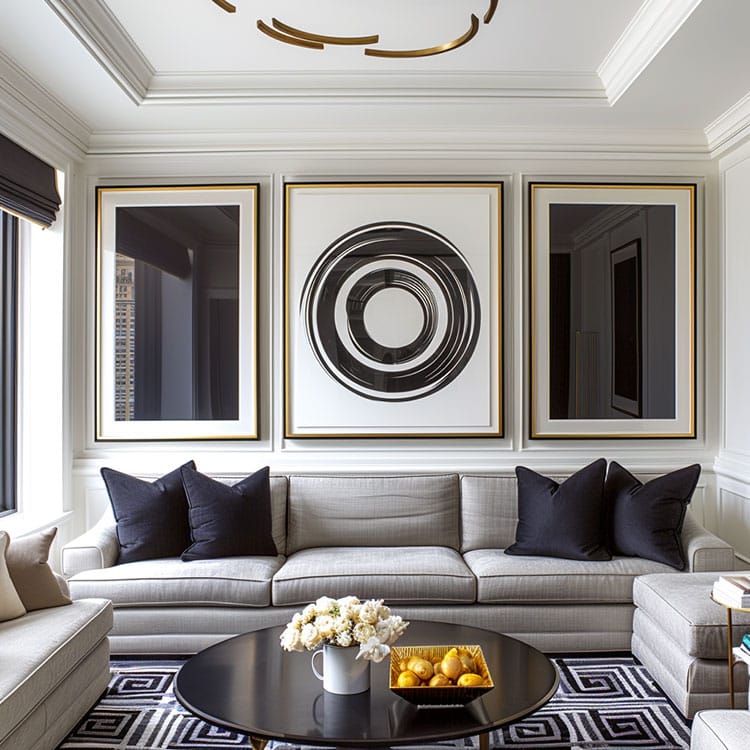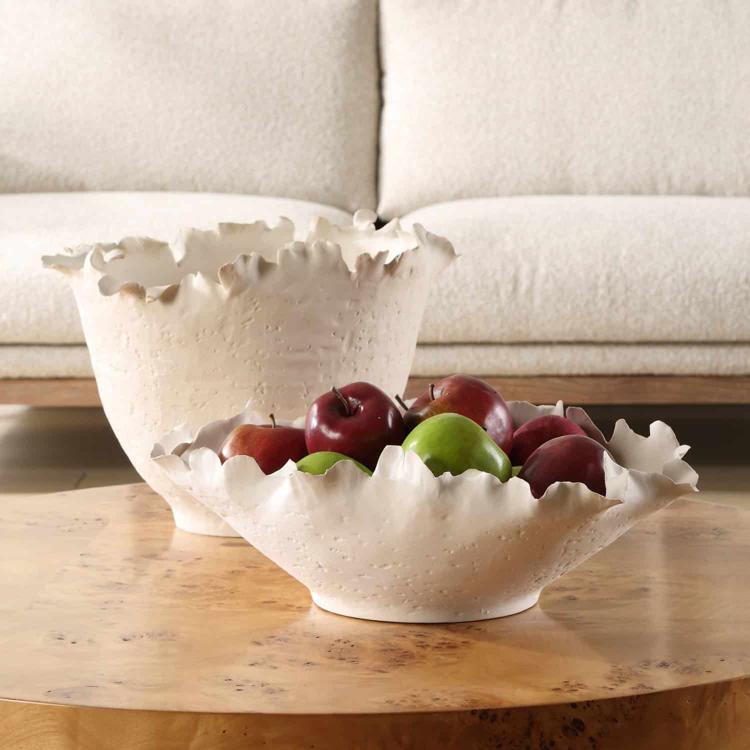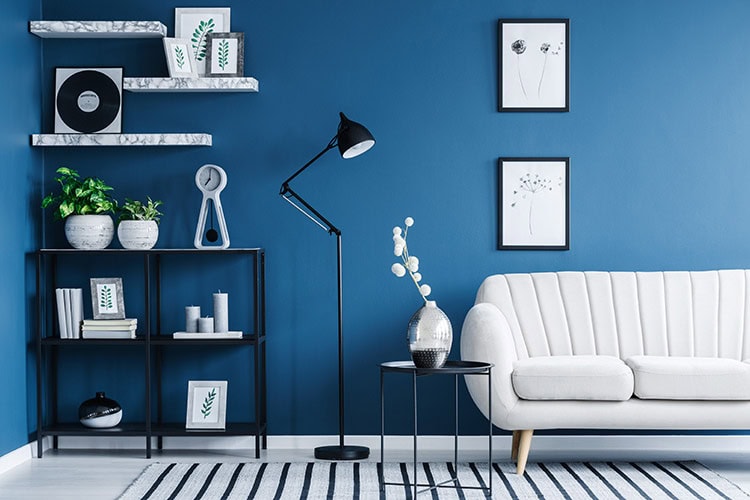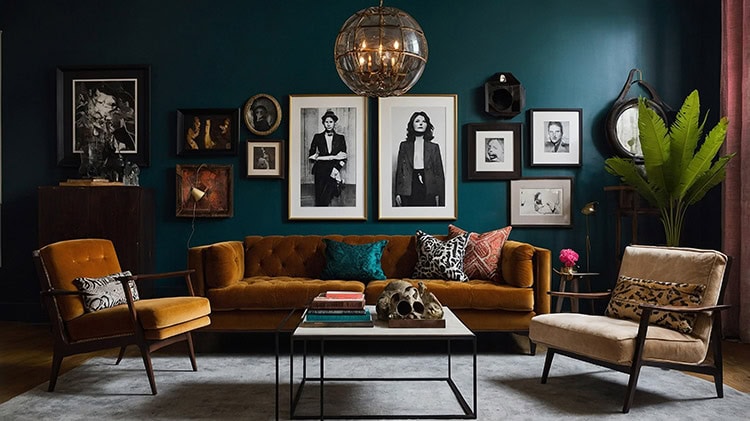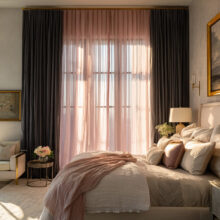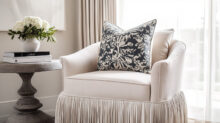The Art of Layering: How to Mix Textures in Home Décor
Why Texture is the Designer’s Secret Weapon
When we think about decorating, color and pattern usually steal the spotlight. But texture is what quietly makes a room feel rich, dimensional, and intentionally designed. Without it, even the most beautifully coordinated space can fall flat. With it, you get depth, warmth, and a certain sophistication that can’t be achieved any other way. The right mix of fabrics transforms a space from simply “decorated” to thoughtfully designed.
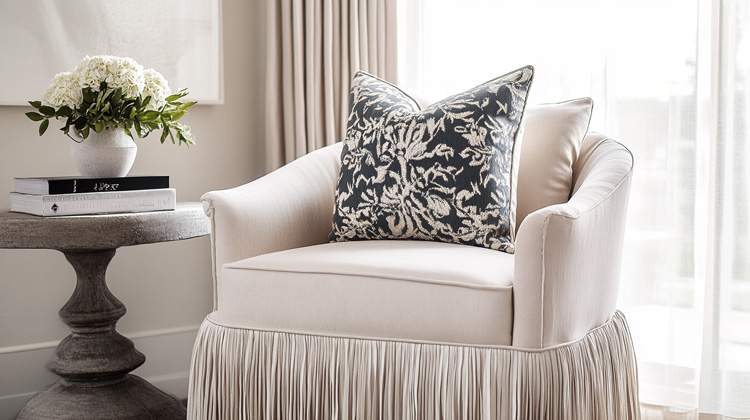
Why Texture Matters
Texture works on two levels:
-
Visually, it keeps a room from feeling one-note. A mix of matte and sheen, smooth and nubby, soft and structured, brings contrast that draws the eye.
-
Tactilely, it changes the way a room feels. Interiors should invite touch as much as they invite admiration. A velvet pillow, a linen slipcover, or a silk drape adds more than style—they add experience.
Designers know that layering textures is what turns a collection of furnishings into a cohesive, luxurious environment.
Meet the Key Players
Linen
Light, breathable, and organic, linen instantly adds ease. It’s relaxed yet elevated, making it ideal for drapery, slipcovers, and pillows in both casual and sophisticated settings.
Velvet
Plush, dramatic, and light-catching, velvet brings depth and glamour to a room. Whether in a jewel-toned accent chair or a simple throw pillow, it introduces instant luxury.
Silk
Silk offers a refined, luminous finish that adds a note of formality. Perfect for drapery or delicate accents, it catches the light in a way that feels opulent but never heavy-handed.
Cotton
The most versatile of all, cotton is durable and approachable. It grounds a space and pairs beautifully with both luxe and casual fabrics, making it the workhorse of upholstery, bedding, and everyday pillows.
How to Layer Like a Designer
Layering textures is less about strict rules and more about knowing how to balance contrast and harmony. The goal isn’t to overwhelm a room with fabric, but to let each material play its part—some grounding, some elevating, some adding that subtle detail that makes the space sing. Here’s how designers approach it:
Start with a Foundation
Begin with a dependable base: a linen sofa, a cotton armchair, or simple drapes. These approachable textures create stability and make it easy to add layers on top. Think of them as your canvas—clean, adaptable, and ready for styling.
Add a Luxe Contrast
Every room benefits from a little drama. Introduce one or two luxe touches, like velvet accent pillows, a silk-edged throw, or a velvet ottoman. Against a matte foundation, these richer textures stand out and bring dimension without overpowering the space.
Balance Matte with Sheen
Contrast keeps a room alive. Rough paired with smooth, matte with shine—this is where texture does its best work. Linen next to silk or cotton alongside velvet creates visual movement and prevents a room from feeling flat.
Play with Scale
Use heavier, more substantial textures on big pieces like upholstery or headboards, then weave in lighter textures through smaller details like pillows, runners, or trims. This balance ensures the room feels layered and thoughtful, not crowded.
Mix Warm and Cool Tones
Textures carry temperature as much as they carry look. Pair warm, cozy fabrics like velvet or wool with cooler, airy ones like linen or crisp cotton. This balance keeps a space from leaning too heavy or too breezy and makes it feel collected over time.
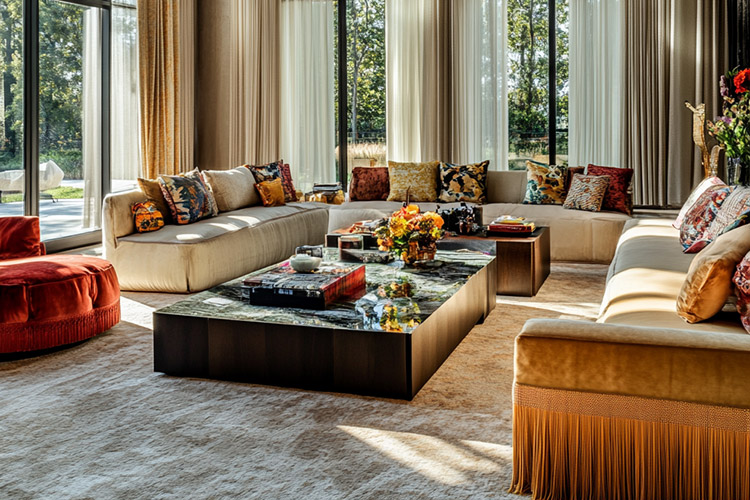
Room-by-Room Inspiration
Living Room
Start with a linen sofa as the anchor—its breathable, organic texture sets a relaxed yet refined tone. Frame the windows with cotton drapes to keep the mood light and approachable. Then, introduce velvet accent pillows for a touch of plush luxury that instantly elevates the space. For the finishing detail, add silk trim on a throw or along the drapery edge—a subtle shimmer that catches the light and whispers sophistication without overwhelming.
Bedroom
Crisp cotton bedding provides a fresh, tailored foundation, while a velvet throw draped at the foot of the bed adds depth and inviting softness. A linen-upholstered headboard grounds the space in texture, balancing casual comfort with polish. To complete the room, luminous silk drapes frame the windows, infusing the space with a gentle glow that feels romantic and serene—perfect for turning a bedroom into a true retreat.
Dining Room
Velvet dining chairs bring a dose of richness and depth to the space, instantly making every meal feel more elevated. Contrast that formality with a relaxed linen table runner, its natural texture balancing the luxe sheen of the chairs. A cotton slipcovered bench at one side keeps the room from feeling too formal, striking the perfect blend of casual and refined. Together, these textures create a dining room that feels sophisticated yet welcoming—the kind of place where guests want to linger long after dessert.
Home Office
Linen Roman shades filter the light softly while adding a tailored touch of texture at the windows. A cotton desk chair provides durability and comfort for daily use, making practicality look chic. Then, introduce a velvet ottoman or accent piece to layer in a sense of luxury—soft, dramatic, and inviting in a way that balances the utilitarian with the indulgent. The mix creates a workspace that feels polished, inspiring, and anything but ordinary.
Of course, even the most thoughtful designs can falter if a few key principles are overlooked.
Mistakes to Avoid 
Relying on One Texture
When every surface shares the same finish, a room can quickly feel one-dimensional. All linen comes across as flat and unfinished, while too much velvet can feel overly heavy. The key is variety—mixing a few textures keeps the space visually interesting and inviting.
Overloading Heavy Fabrics
Layering plush fabrics on top of each other may sound cozy, but in practice, it can make a room feel suffocating. A velvet sofa with velvet pillows and a velvet ottoman is too much of a good thing. Think contrast, not competition—balance luxe fabrics with lighter, breathable ones.
Ignoring Function
As gorgeous as silk is, it’s not meant for sticky fingers or constant wear. Placing delicate fabrics in high-traffic spaces leads to frustration (and costly replacements). Be strategic—save more refined textures for low-use areas and let practical materials like cotton and linen shine where durability matters.
Forgetting Balance
Texture should create a conversation, not a shouting match. If every surface demands attention, the room quickly feels chaotic. Allow one or two textures to take the lead—like a velvet chair or silk drapes—while the others provide quiet support. This creates harmony and keeps the space feeling curated.
Neglecting Scale
Texture isn’t just about variety; it’s about proportion. Heavy fabrics should live on substantial pieces—sofas, headboards, armchairs—while smaller accents are the perfect place for lighter touches. Misplacing scale can make a room feel either top-heavy or underwhelming.
The Takeaway
Mixing textures is less about following rules and more about creating balance. Start with a foundation, add contrast, and let the interplay of fabrics set the mood. Whether it’s a velvet pillow against a linen sofa or silk drapes framing cotton upholstery, texture is the element that elevates design.
Experiment, layer thoughtfully, and you’ll discover how the art of texture can make your home feel truly complete. It’s a designer’s secret for turning everyday rooms into spaces that feel intentional, inviting, and unmistakably refined.

